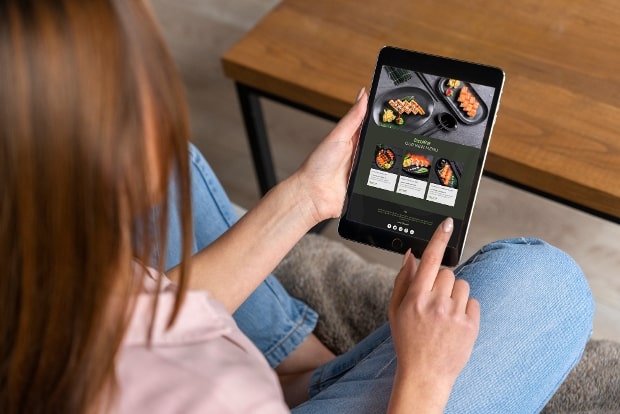Food Delivery Innovations: Transforming the Culinary Landscape

Introduction
Food delivery has seen a revolutionary shift in recent years, driven by technology and changing consumer preferences. What once involved a simple phone call to a local pizzeria has now evolved into a sophisticated industry leveraging apps, AI, and robotics. This article explores the most groundbreaking innovations in food delivery, highlighting their impact on convenience, efficiency, and the overall dining experience.
The Rise of Food Delivery Apps
The advent of smartphones gave birth to food delivery apps, transforming how we order meals. Companies like Uber Eats, DoorDash, and Grubhub have become household names, offering an extensive variety of cuisines at our fingertips. These apps not only provide a user-friendly interface for ordering but also incorporate features like real-time tracking, estimated delivery times, and personalized recommendations. The integration of digital payment options further simplifies the process, making food delivery more accessible than ever.
AI and Machine Learning: Enhancing Efficiency
Artificial intelligence (AI) and machine learning have significantly improved the efficiency of food delivery services. By analyzing vast amounts of data, these technologies can predict peak times, optimize delivery routes, and manage inventory levels. AI-driven chatbots handle customer inquiries, ensuring swift and accurate responses. Machine learning algorithms also enhance personalized marketing, offering tailored deals and suggestions based on user preferences and order history.
The Role of Robotics and Automation
Robotics and automation are playing an increasingly vital role in food delivery, promising faster and more reliable service. Autonomous delivery robots and drones are being tested and deployed in various cities around the world. Companies like Starship Technologies and Nuro are pioneering this space, offering contactless delivery solutions that reduce human labor and enhance safety. Automated kitchens, where robots prepare meals, are also emerging, ensuring consistency and speed in meal preparation.
The Emergence of Ghost Kitchens
Ghost kitchens, also known as dark kitchens or cloud kitchens, are another significant innovation in the food delivery industry. These are commercial kitchens dedicated solely to fulfilling online orders, eliminating the need for a traditional dine-in space. This model reduces overhead costs and allows restaurants to operate multiple brands from a single location. Ghost kitchens enable quicker expansion and adaptation to changing consumer demands, fostering a more dynamic food delivery market.
Sustainability in Food Delivery
As environmental concerns grow, the food delivery industry is innovating to become more sustainable. Eco-friendly packaging solutions, such as biodegradable containers and reusable bags, are being adopted to reduce waste. Additionally, some companies are using electric bikes and vehicles for delivery to minimize carbon emissions. Food waste reduction initiatives, such as donating excess food to charities or using AI to better predict demand, are also gaining traction.
The Impact of COVID-19
The COVID-19 pandemic has accelerated many trends in food delivery, pushing both consumers and businesses to adapt quickly. The demand for contactless delivery surged, leading to innovations like no-contact drop-offs and enhanced hygiene protocols. Restaurants that previously did not offer delivery services had to pivot rapidly, often partnering with third-party platforms to survive. This period also saw an increase in the adoption of digital menus and online ordering systems, further integrating technology into the dining experience.
The Future of Food Delivery
Looking ahead, the future of food delivery promises even more exciting innovations. Developments in AI and robotics will continue to streamline operations, while advancements in drone technology may lead to widespread aerial deliveries. The concept of personalized nutrition, where AI suggests meals based on individual health data, could revolutionize how we approach eating. Additionally, as virtual reality (VR) and augmented reality (AR) technologies evolve, they might offer immersive dining experiences from the comfort of home.
Conclusion
Food delivery innovations are transforming the culinary landscape, making it more convenient, efficient, and sustainable. From AI and robotics to ghost kitchens and eco-friendly practices, these advancements are shaping the future of how we order and enjoy food. As technology continues to evolve, the possibilities for further innovation in food delivery are boundless, promising a future where dining is more personalized, efficient, and enjoyable than ever before.


